- Understanding Crop Shaping Techniques
- Pruning
- Training
- Trellising
- Optimizing Spacing
- Conclusion
- The Importance of Crop Yield
- Technique 1: Pruning
- Pruning for Increased Sunlight Exposure
- 1. Remove Low-Hanging Branches
- 2. Thin Out Dense Foliage
- 3. Prune to Encourage Vertical Growth
- 4. Remove Dead or Diseased Parts
- Pruning for Better Air Circulation
- Technique 2: Training
- Introduction
- Benefits of Training
- Common Training Techniques
- Conclusion
- Training Plants to Grow Vertically
- 1. Install trellises or stakes
- 2. Tie plants to the trellises or stakes
- 3. Prune lateral branches
- 4. Provide proper spacing
- 5. Regularly monitor and adjust
- Training Plants to Grow Horizontally
- Why train plants to grow horizontally?
- How to train plants to grow horizontally?
- Benefits of training plants to grow horizontally
- Technique 3: Thinning
- Reasons for Thinning
- How to Thin Plants
- Conclusion
- Thinning Excess Buds and Fruits
- Benefits of Thinning Excess Buds and Fruits
- How to Thin Excess Buds and Fruits
- Considerations for Thinning Excess Buds and Fruits
- “Question-Answer”
- What are some proper shaping techniques to boost crop yield?
- How does trimming and pruning help in increasing crop yield?
- What is trellising and how does it boost crop yield?
- Can you explain the concept of training plants?
- Are there any specific crops that greatly benefit from shaping techniques?
- Are there any risks or disadvantages associated with shaping techniques?
- “Video” Two Methods to Increase Tomato Production!
Farmers around the world are constantly seeking ways to increase their crop yields in order to meet the growing demand for food. One of the most effective ways to achieve this is through proper shaping techniques. By shaping crops, farmers can optimize their growth and maximize their yield, often doubling or even tripling their production.
Proper shaping techniques involve manipulating the growth of crops in order to create an ideal environment for them to thrive. This can include pruning, training, and supporting plants to ensure that they receive the right amount of sunlight, nutrients, and water. Additionally, shaping techniques can also help to improve air circulation, reduce the risk of disease, and increase the overall health of the plants.
One of the key benefits of shaping techniques is the ability to increase crop density. When crops are properly shaped, they can be grown closer together, allowing for more plants to be cultivated in a given area. This not only maximizes the use of available space but also increases the overall yield per square meter. With proper shaping, farmers can effectively utilize their land and produce a greater quantity of crops.
Furthermore, shaping techniques can also enhance the quality of the crops. By controlling the growth of plants, farmers can ensure that each plant receives equal access to sunlight and nutrients, resulting in uniform growth and size. This not only improves the appearance of the crops but also enhances their taste, texture, and nutritional value. With proper shaping, farmers can produce superior crops that are more desirable in the market.
In conclusion, shaping techniques offer a powerful solution for increasing crop yield. By manipulating the growth of crops and creating an ideal environment, farmers can optimize their production and achieve higher yields. From maximizing crop density to enhancing crop quality, proper shaping techniques have the potential to revolutionize farming practices and ensure a more sustainable and productive future.
Understanding Crop Shaping Techniques
Crop shaping techniques refer to the various methods and practices used by farmers to manipulate the growth and development of plants, with the aim of improving crop yield. These techniques involve altering the physical structure of the plants, such as pruning, training, and trellising, to optimize light penetration, airflow, and nutrient distribution throughout the crop. By implementing these techniques effectively, farmers can maximize the potential of their crops and achieve higher yields.
Pruning
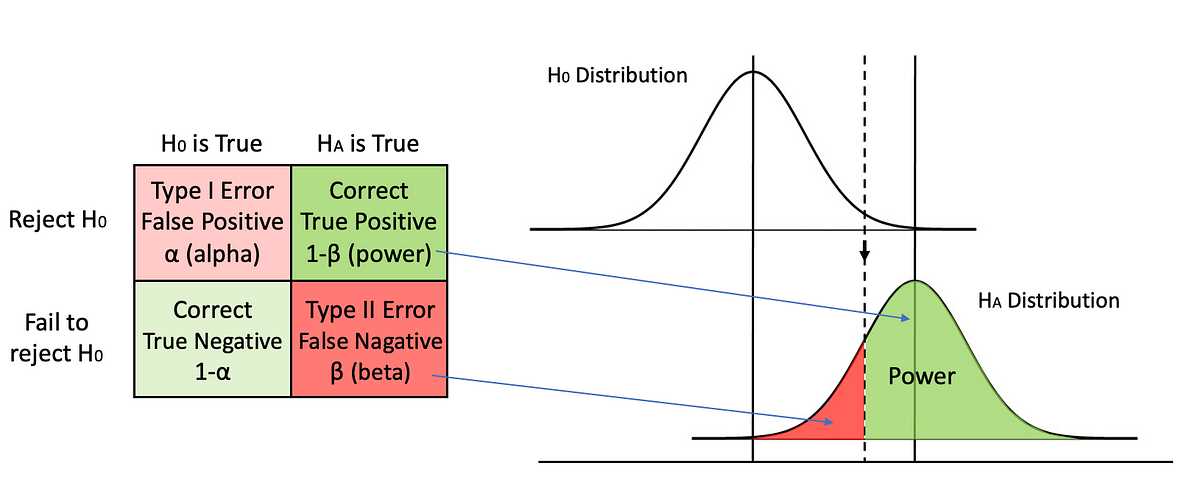
Pruning is the process of selectively removing certain parts of the plant, such as branches, shoots, or leaves. This technique helps to regulate the plant’s growth and control its shape. Pruning can be done to remove diseased or damaged parts of the plant, improve air circulation, and facilitate the penetration of light to lower parts of the plant. It also encourages the plant to allocate energy and resources to the development of more productive areas, resulting in higher yield.
Training
Training involves guiding the growth of the plant in a desired direction by attaching it to a support structure. This technique is commonly used for crops that have weak stems or tend to sprawl, such as tomatoes, cucumbers, and grapes. By training the plants to grow vertically or along a trellis, farmers can optimize space utilization, increase light exposure, and improve airflow. Training also facilitates better pest and disease management, as it allows for easier inspection and treatment of the plants.
Trellising
Trellising is a technique that involves providing a framework or structure for the plants to grow upon. This can be done using stakes, wires, or cages, depending on the crop and its growth habit. Trellising helps to support the weight of the plants and prevent them from sprawling on the ground. It also allows for better light penetration, as the plants are elevated and exposed to more sunlight. Additionally, trellising improves air circulation, reducing the risk of diseases caused by excessive humidity.
Optimizing Spacing
Proper spacing between plants is crucial for crop shaping and maximizing yield. Plants that are overcrowded do not receive adequate sunlight, nutrients, and airflow, leading to stunted growth and reduced productivity. On the other hand, plants that are spaced too far apart can result in wasted space and inefficient resource utilization. Farmers need to consider the specific requirements of each crop and find the optimal spacing that provides the right balance between maximizing productivity and resource utilization.
Conclusion
Crop shaping techniques are essential for farmers looking to boost their crop yield. Through pruning, training, trellising, and optimizing spacing, farmers can manipulate the growth and development of plants to achieve higher productivity. These techniques not only improve light penetration, airflow, and nutrient distribution but also facilitate better disease and pest management. By implementing these techniques effectively, farmers can maximize the potential of their crops and achieve higher yields.
The Importance of Crop Yield
Crop yield is a fundamental aspect of agriculture that measures the amount of harvest a farmer can obtain from a given area of land. It is a critical factor that determines the success and profitability of any farming operation. Achieving high crop yields not only ensures food security but also contributes to the economic growth of a region.
There are several reasons why crop yield is of utmost importance:
- Food production: High crop yield is essential for meeting the growing demand for food worldwide. With a continuously increasing global population, agricultural systems must produce enough food to sustain everyone. Adequate crop yield is necessary to prevent food shortages and famine.
- Economic impact: Crop yield significantly affects the economy of a region or country. Higher yields mean farmers can sell more produce, leading to increased farm income. This, in turn, stimulates economic growth and supports the livelihoods of rural communities.
- Sustainability: Efficient crop yield is vital for sustainable agriculture. By maximizing harvests from limited land resources, farmers can minimize the need for expanding agricultural land and reduce the pressure on natural ecosystems. This helps preserve biodiversity and protect the environment.
- Food security: Crop yield plays a crucial role in ensuring food security at the global and local levels. Sufficient harvests provide a stable food supply, reducing the risk of food shortages and price fluctuations. Adequate crop yield also contributes to stability and social well-being.
Improving crop yield requires the implementation of various techniques, including proper shaping methods, irrigation management, soil fertility management, pest and disease control, and the use of advanced technologies. By adopting these practices, farmers can maximize their harvests and contribute to meeting the increasing demand for food.
References:
- Food and Agriculture Organization of the United Nations. (2009). The state of food and agriculture 2009: Livestock in the balance. Rome: Author.
- World Bank Group. (2017). Harvesting prosperity: Technology and productivity growth in agriculture. Washington, DC: World Bank.
Technique 1: Pruning
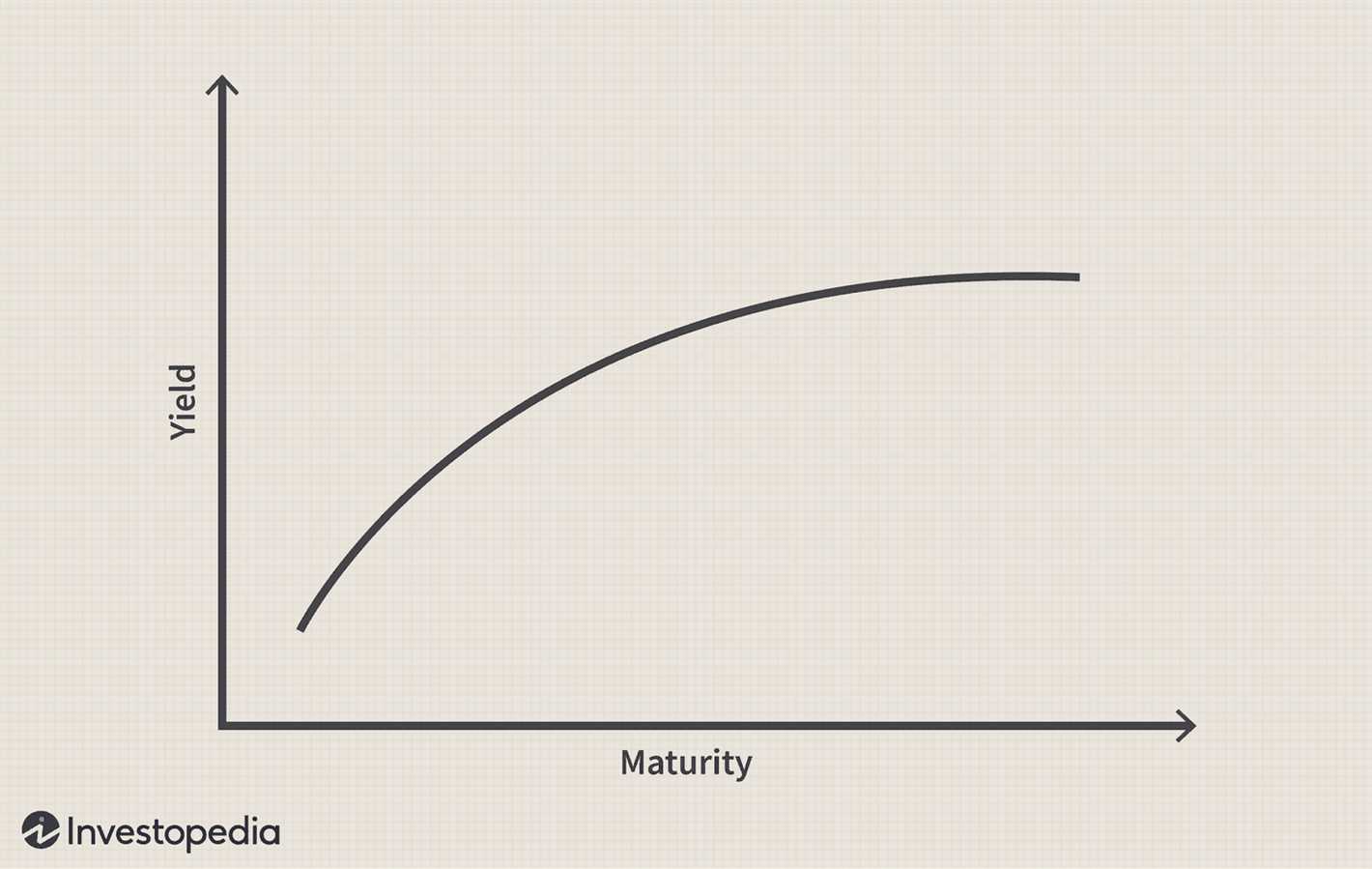
Pruning is a vital technique for boosting crop yield as it helps to remove unnecessary growth and encourage the proper development of plants. By selectively removing branches, buds, and leaves, farmers can shape the plants to maximize sunlight penetration, air circulation, and nutrients absorption.
Benefits of Pruning:
- Increased sunlight exposure: Pruning eliminates excessive foliage, allowing more light to reach the lower parts of the plant. This stimulates photosynthesis and improves overall plant growth.
- Better air circulation: Proper pruning creates space between branches, preventing the buildup of moisture and reducing the risk of fungal diseases.
- Enhanced nutrient absorption: Removing unnecessary growth directs the plant’s energy towards the development of essential parts, such as flowers and fruits.
- Controlled plant size: Pruning can help manage the size of plants, preventing overcrowding and ensuring each plant has adequate space to grow and access resources.
Pruning Techniques:
When pruning, it is crucial to use the right tools to ensure clean cuts without damaging the plants. Some common pruning techniques include:
- Thinning: Removing entire branches from the base to reduce plant density and promote better air circulation.
- Heading back: Cutting back the tips of branches to encourage branching and the development of lateral shoots.
- Pinch pruning: Removing the growing tip of young plants to encourage side branching and bushier growth.
- Deadheading: Removing faded or spent flowers to redirect the plant’s energy towards new growth.
Note: Different crops may require specific pruning methods, so it is essential to research and understand the pruning needs of each plant variety.
| Plant | Recommended Pruning Technique |
|---|---|
| Tomatoes | Sucker removal and staking |
| Grapes | Cane pruning and shoot thinning |
| Apples | Structural pruning and thinning cuts |
By implementing proper pruning techniques, farmers can shape their crops to grow in an optimal form, contributing to increased yield and overall productivity.
Pruning for Increased Sunlight Exposure
One important technique to boost your crop yield is pruning, which involves removing certain parts of the plant to increase sunlight exposure. By allowing more sunlight to reach the lower parts of the plant, you can significantly improve its growth and productivity. Here are some key points to consider when pruning for increased sunlight exposure:
1. Remove Low-Hanging Branches
Start by removing any low-hanging branches that are blocking sunlight from reaching the lower parts of the plant. These branches are often shaded and can hinder the growth of other parts of the plant. Use clean and sharp pruning shears to make clean cuts and avoid damaging the plant.
2. Thin Out Dense Foliage
If your plant has dense foliage, thinning it out can greatly improve sunlight penetration. Remove excess leaves and branches that are blocking light and air circulation. This will not only increase sunlight exposure but also reduce the risk of diseases caused by poor air circulation.
3. Prune to Encourage Vertical Growth
In some cases, plants may have a tendency to sprawl horizontally and restrict sunlight exposure. Pruning can help encourage vertical growth by cutting back branches that are growing in undesirable directions. This will promote better sunlight exposure and maximize your crop yield.
4. Remove Dead or Diseased Parts
Dead or diseased parts of the plant not only take up valuable resources but also block sunlight from reaching healthy parts. Regularly inspect your plants and remove any dead or diseased branches, leaves, or fruits. Pruning away these parts will allow the plant to redirect its resources towards healthy growth and maximize sunlight exposure.
Remember to always use clean and sharp pruning tools to prevent the spread of diseases. Additionally, be careful not to prune too aggressively, as this can weaken the plant and hinder its growth. Proper pruning techniques, when done correctly, can greatly increase sunlight exposure and boost your crop yield by double.
Pruning for Better Air Circulation
Pruning is an essential technique for promoting better airflow in your crops and improving overall plant health. By selectively removing certain branches and leaves, you can optimize air circulation within the plants, which can have significant benefits for their growth and yield.
Why is air circulation important?
Proper air circulation is crucial for healthy plant development. When the air moves efficiently around the plants, it helps to prevent the buildup of excess moisture, reducing the risk of fungal diseases. Additionally, good air circulation promotes the exchange of carbon dioxide and oxygen, which is vital for photosynthesis and overall plant metabolism.
How does pruning improve air circulation?
Pruning can help improve air circulation in several ways:
- Removing excessive foliage: Dense foliage can create a barrier that restricts airflow. By selectively pruning excess leaves and branches, you allow more air to move freely through the plants.
- Opening up the canopy: Pruning can help create space between plants and open up the canopy. This allows air to flow more easily between the plants, reducing the likelihood of stagnant air pockets where diseases can thrive.
- Eliminating cross branches: Cross branches can impede airflow and create areas of poor circulation within the plant. By pruning these branches, you can eliminate obstructions and promote better air movement.
When should you prune for better air circulation?
The ideal time for pruning depends on the type of crop you are growing. In general, it is best to prune during the dormant season or before the growing season starts. This allows the plants to recover and promotes better flushes of new growth. However, it is important to research the specific pruning recommendations for your crop, as some plants benefit from different pruning techniques.
Pruning techniques for better air circulation:
- Thin out dense areas: Identify areas with overcrowded foliage and selectively remove some branches or leaves to create space for air movement.
- Remove diseased or dead branches: Pruning out diseased or dead branches not only improves air circulation but also helps prevent the spread of diseases.
- Train plants to grow in open shapes: When training your plants, aim for an open shape that allows air to move freely. Avoid dense, bushy growth patterns that can inhibit air circulation.
- Consider trellising or staking: By using trellises or stakes, you can support the plants and encourage them to grow vertically. This not only saves space but also creates more opportunities for air circulation.
Conclusion
Pruning plays a vital role in improving air circulation within plants, which ultimately leads to higher crop yields. By removing excess foliage, opening up the canopy, and eliminating obstructions, you can optimize airflow and reduce the risk of diseases. Make sure to research the specific pruning techniques for your crops to ensure optimal results.
Technique 2: Training
Introduction
Training is a technique used to shape and train plants to grow in a specific manner. By manipulating the growth of the plants, farmers can optimize their crop yield and increase productivity. Training is particularly useful for crops that tend to grow in a sprawling or uncontrolled manner, such as tomatoes, cucumbers, and grapes.
Benefits of Training
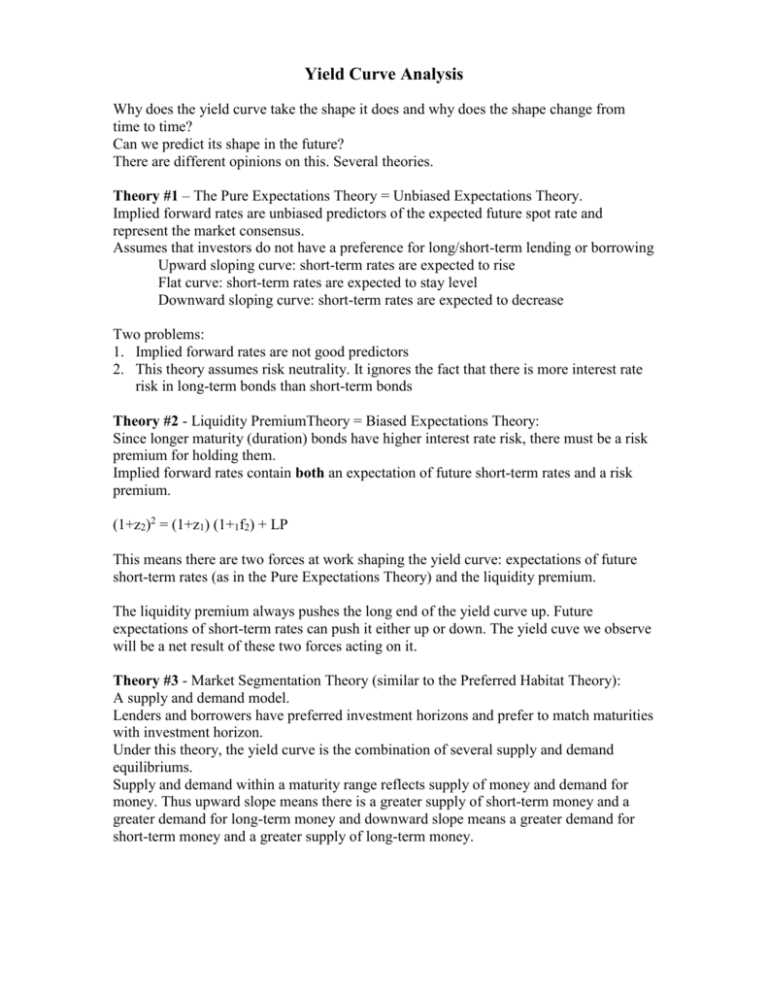
Training plants offers several benefits, including:
- Improved air circulation: Proper training can help create better airflow around the plants, reducing the risk of diseases and pests.
- Optimized sunlight exposure: By training plants to grow in specific directions, farmers can ensure that all parts of the plant receive adequate sunlight, leading to better photosynthesis and growth.
- Maximized space utilization: Training can help plants grow vertically instead of horizontally, allowing farmers to make the most of limited space.
- Easier crop management: Trained plants are easier to prune, harvest, and maintain, simplifying overall crop management.
Common Training Techniques
There are several common training techniques that farmers can use to shape their plants:
- Staking: This technique involves inserting stakes in the ground near the plants and tying the main stem to the stake. Staking helps support the plant and keeps it upright, promoting better growth and reduced risk of disease.
- Trellising: Trellises are structures made of wires, strings, or bamboo poles that provide support and guidance for the plants. Vining crops like tomatoes and cucumbers can be trained to grow along the trellis, improving airflow and making harvesting easier.
- Pruning: By selectively removing branches, shoots, or leaves, farmers can control the shape and growth of the plant. Pruning encourages the development of stronger, more productive branches and prevents overcrowding.
- Espalier: This technique involves training fruit trees to grow in a flat, two-dimensional form against a wall or trellis. Espalier allows for better exposure to sunlight and easier access to the fruit.
Conclusion
Training is an effective technique for shaping plants and maximizing crop yield. By using methods like staking, trellising, pruning, and espalier, farmers can optimize space utilization, improve airflow, and enhance overall plant health. Incorporating training techniques into cultivation practices can lead to substantial increases in crop production and quality.
Training Plants to Grow Vertically
Training plants to grow vertically is a technique that can significantly increase crop yield. By encouraging plants to grow upward, you can maximize the use of space and sunlight, leading to healthier and more productive plants. Here are some tips on how to train plants to grow vertically:
1. Install trellises or stakes
One of the most effective ways to train plants to grow vertically is by installing trellises or stakes. This provides support for the plants and helps them grow upright. Choose a sturdy trellis or stake that can withstand the weight of the plant as it grows. Secure the trellis or stake firmly in the ground, ensuring it is tall enough to accommodate the plant’s growth.
2. Tie plants to the trellises or stakes
As the plants grow, gently tie them to the trellises or stakes using soft plant ties. This encourages them to grow vertically and prevents them from sprawling on the ground. Be careful not to tie the plants too tightly, as this can damage the stems. Leave some slack to allow for natural movement and growth.
3. Prune lateral branches
To further promote vertical growth, prune the lateral branches of the plants. These branches can divert energy away from upward growth and decrease yield. By removing the lateral branches, you direct the plant’s energy towards upward growth and the development of larger, healthier fruits.
4. Provide proper spacing
When training plants to grow vertically, it is important to provide proper spacing between them. This ensures that each plant receives enough sunlight and allows for air circulation, reducing the risk of disease. Follow the recommended spacing guidelines for the specific crop you are growing to achieve optimal results.
5. Regularly monitor and adjust
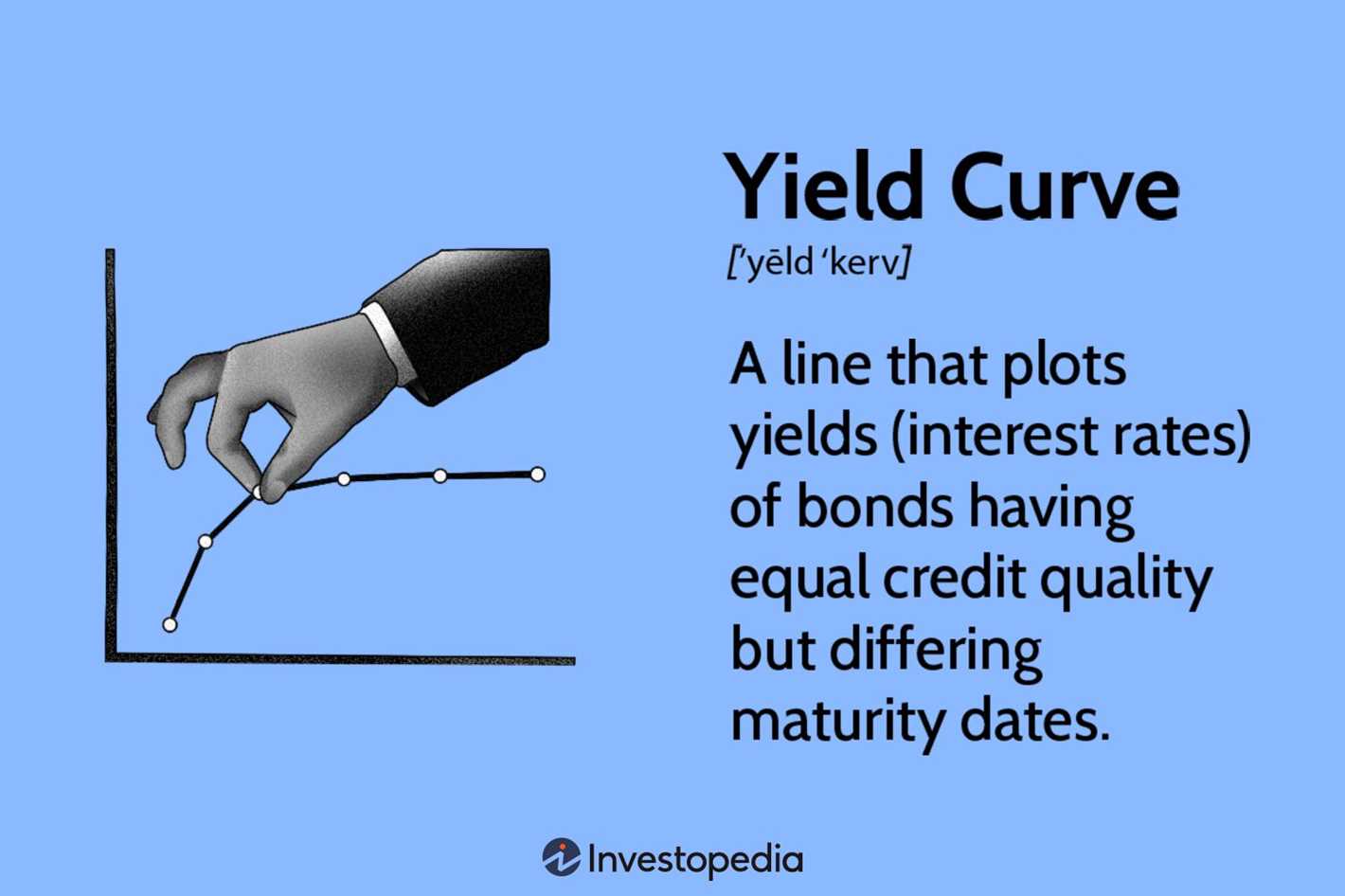
Regularly monitor the growth of the plants and adjust the ties as necessary. As the plants grow, they may require additional support or adjustments to ensure they continue to grow vertically. Stay vigilant and make any necessary changes to keep the plants on their desired upward growth trajectory.
In conclusion, training plants to grow vertically can greatly increase crop yield. By installing trellises or stakes, tying plants to them, pruning lateral branches, providing proper spacing, and regularly monitoring and adjusting, you can help your plants grow vertically and thrive.
Training Plants to Grow Horizontally
Training plants to grow horizontally is a technique that can significantly boost crop yield. By manipulating the growth pattern of plants, you can ensure better light penetration, increased nutrient absorption, and improved overall plant health.
Why train plants to grow horizontally?
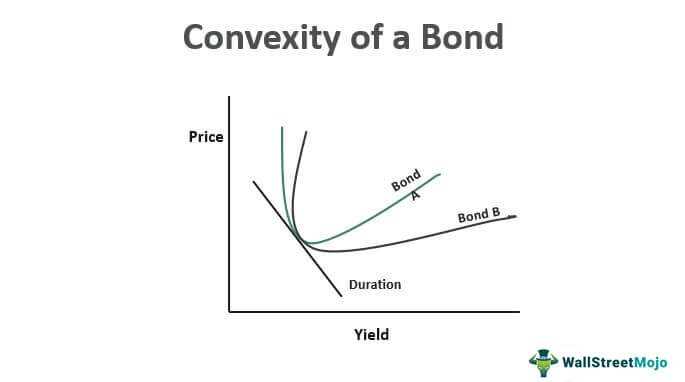
Growing plants horizontally has several advantages. Firstly, it allows for better distribution of light. When plants grow naturally, the top leaves tend to receive the most light, while the bottom leaves are shaded. By training plants to grow horizontally, each leaf can receive an equal amount of light, ensuring optimal photosynthesis.
Secondly, training plants to grow horizontally allows for better nutrient absorption. When plants are trained to grow horizontally, the nutrients in the soil are distributed more evenly throughout the plant’s root system. This ensures that each part of the plant receives an adequate supply of nutrients, leading to healthier growth.
How to train plants to grow horizontally?
There are several techniques you can use to train plants to grow horizontally.
- Low-stress training (LST): LST involves gently bending the stems of the plants and securing them to a support structure. By bending the stems, you encourage the plant to grow horizontally, spreading out the branches and exposing more of the plant to light.
- Screen of green (ScrOG): ScrOG involves using a screen or net to create a horizontal plane above the plants. As the plants grow, their branches are woven through the screen, effectively training them to grow horizontally. This technique maximizes light exposure and can result in higher yields.
- Trellising: Trellising involves using a structure, such as stakes or a wooden frame, to support the plants and encourage horizontal growth. By tying the branches to the trellis, you can create a canopy-like structure that allows for better light distribution.
Benefits of training plants to grow horizontally
The benefits of training plants to grow horizontally are numerous:
- Increased yield: Horizontal growth allows for more efficient light and nutrient absorption, resulting in higher crop yields.
- Better disease prevention: When plants grow horizontally, there is better airflow and reduced humidity, minimizing the risk of fungal diseases.
- Easier harvesting: Harvesting becomes easier when plants are trained to grow horizontally, as the fruits or flowers are more accessible.
- Space efficiency: Horizontal growth allows for better space utilization, making it ideal for indoor or limited-space gardens.
Training plants to grow horizontally is a simple yet effective technique that can significantly increase crop yield. Whether you opt for low-stress training or use trellises and screens, horizontal growth will benefit your plants in multiple ways. By investing time and effort into shaping your plants, you can enjoy a bountiful harvest and healthier crops.
Technique 3: Thinning
In order to maximize crop yield, it is important to thin out plants in your garden. Thinning refers to the process of removing excess seedlings or plants that are too close together. This technique allows the remaining plants to have enough space, sunlight, nutrients, and water to grow properly.
Reasons for Thinning
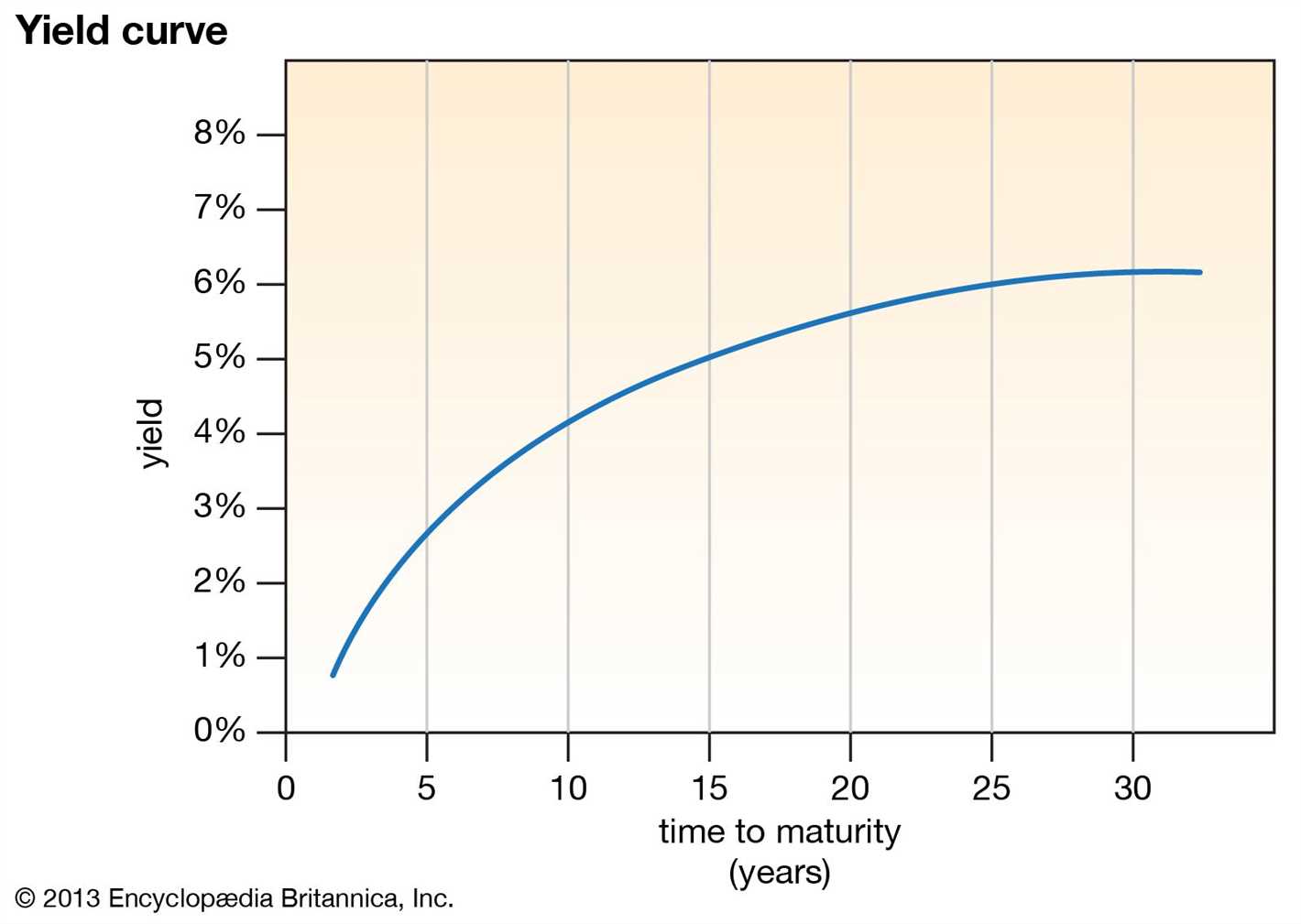
- Reduce competition: When plants are crowded together, they have to compete for resources such as water, sunlight, and nutrients. Thinning helps reduce this competition and ensures that each plant has enough resources to thrive.
- Promote better air circulation: Crowded plants can restrict air circulation, leading to increased humidity and moisture. This can create a favorable environment for diseases and pests. Thinning helps improve air circulation, reducing the risk of plant diseases.
- Prevent shading: Plants that are too close together can shade each other, preventing sunlight from reaching the lower leaves or neighboring plants. Thinning allows sunlight to penetrate the canopy, promoting better photosynthesis and overall plant growth.
How to Thin Plants
Thinning can be done at various stages of plant growth, depending on the type of crop. Here are some general steps to follow:
- Identify the overcrowded plants: Look for seedlings or plants that are too close together or are competing for space.
- Decide how many plants to thin: Determine the ideal spacing for your specific crop. This information can be found on seed packets or plant labels.
- Carefully remove the unwanted plants: Gently pull out or cut off the excess seedlings or plants, being careful not to disturb the roots of the remaining plants.
- Space out the remaining plants: Make sure there is enough distance between each plant to allow for proper growth and development.
- Water the plants: After thinning, water the plants to help them recover and establish their roots in the newly created space.
Conclusion
Thinning is an important technique for maximizing crop yield. By removing excess seedlings or plants, you can reduce competition, promote better air circulation, and prevent shading. Follow the steps outlined above to ensure proper thinning and give your plants the best chance to grow and thrive.
Thinning Excess Buds and Fruits
Thinning excess buds and fruits is an important technique in crop shaping that can significantly increase crop yield. By removing excess buds and fruits, you allow the plant to focus its energy on developing and maturing a smaller number of fruits, resulting in larger, healthier, and more flavorful harvests.
Benefits of Thinning Excess Buds and Fruits
- Improved Fruit Quality: Thinning excess buds and fruits allows the remaining ones to receive more nutrients, water, and sunlight. This results in larger, juicier, and tastier fruits.
- Reduced Disease and Pest Pressure: Overcrowded plants can be more susceptible to diseases and pests due to limited airflow and increased humidity. Thinning helps in reducing the risk of infections and infestations.
- Prevention of Branch Breakage: Removing excess weight from the branches prevents them from breaking under the strain of the heavy fruit load.
- Promotion of Plant Strength: By thinning excess buds and fruits, you encourage the plant to focus on strengthening its structure and developing a robust root system.
How to Thin Excess Buds and Fruits
Thinning excess buds and fruits can be done by following these steps:
- Identify Excess Buds and Fruits: Examine your plants and identify buds and fruits that are overcrowded or show signs of poor development.
- Select the Right Time: Thinning is typically done when the buds or fruits are still small and easily removable.
- Remove the Excess: Gently remove the excess buds and fruits by either plucking them off with your fingers or using sterilized pruning shears. Be careful not to damage the remaining buds or fruits or the surrounding plant tissue.
- Dispose of Thinned Buds and Fruits: Properly dispose of the thinned buds and fruits away from the garden to prevent the spread of diseases or pests.
Considerations for Thinning Excess Buds and Fruits
When thinning excess buds and fruits, it’s essential to consider the specific requirements of different crops:
| Crop | Thinning Recommendations |
|---|---|
| Tomatoes | Remove excess suckers and thin clustered tomatoes to allow proper airflow. |
| Apples | Thin fruits to one per cluster, leaving the largest and healthiest ones. |
| Peaches | Thin peaches to around 6 inches apart to avoid overcrowding. |
| Grapes | Thin grape clusters to allow space for proper development and prevent overcrowding. |
Remember to research the specific requirements of your crops and adjust the thinning techniques accordingly.
Thinning excess buds and fruits is a simple yet powerful technique to improve crop quality, promote plant health, and maximize yield. By carefully thinning, you can help your plants reach their full potential and enjoy a bountiful harvest.
“Question-Answer”
What are some proper shaping techniques to boost crop yield?
Proper shaping techniques to boost crop yield include trimming and pruning, trellising, and training plants. Trimming and pruning help in maintaining the shape and size of plants, allowing them to focus their energy on producing more fruits or flowers. Trellising provides support to vining plants, enhancing air circulation and reducing the risk of diseases. Training plants involves guiding them to grow in a particular direction, maximizing sunlight exposure and nutrient absorption.
How does trimming and pruning help in increasing crop yield?
Trimming and pruning help in increasing crop yield by optimizing plant growth. By removing dead or damaged branches, the overall health of the plant is improved, allowing it to allocate more energy towards fruit or flower production. Trimming can also shape the plant, ensuring it grows in a compact and productive manner. It is important to prune during the dormant period or following specific guidelines for each type of plant.
What is trellising and how does it boost crop yield?
Trellising is a technique where plants are provided with a structure or support system to grow vertically. This technique helps to maximize the use of space, improve airflow, increase sunlight exposure, and reduce the risk of diseases. By training plants to climb or hang on trellises, they can grow healthier and produce more fruits or flowers. Trellising can be done using various materials such as metal stakes, bamboo poles, or wire mesh.
Can you explain the concept of training plants?
Training plants involves guiding them to grow in a specific direction or shape to optimize their growth and increase crop yield. This can be done by tying plants to stakes or trellises, bending them using wire or strings, or using other support systems. Training plants allows for better light penetration and nutrient absorption, leading to healthier and more productive plants. It is important to start training plants when they are young and flexible.
Are there any specific crops that greatly benefit from shaping techniques?
Yes, there are several crops that greatly benefit from shaping techniques such as tomatoes, grapes, cucumbers, and apple trees. These crops tend to have vining or branching growth habits, making them suitable for trellising and proper shaping. By implementing these techniques, the crops can grow in a more controlled manner, resulting in higher yields, better quality fruits, and easier harvesting.
Are there any risks or disadvantages associated with shaping techniques?
While shaping techniques can greatly benefit crop yield, there are some risks and disadvantages to consider. Improper trimming or pruning can damage the plant and reduce its ability to produce fruits or flowers. Overtraining or excessive bending can also weaken the plant’s structure. Additionally, trellising and training techniques require additional time, effort, and resources. It is important to research and follow proper guidelines for each crop to minimize these risks.







